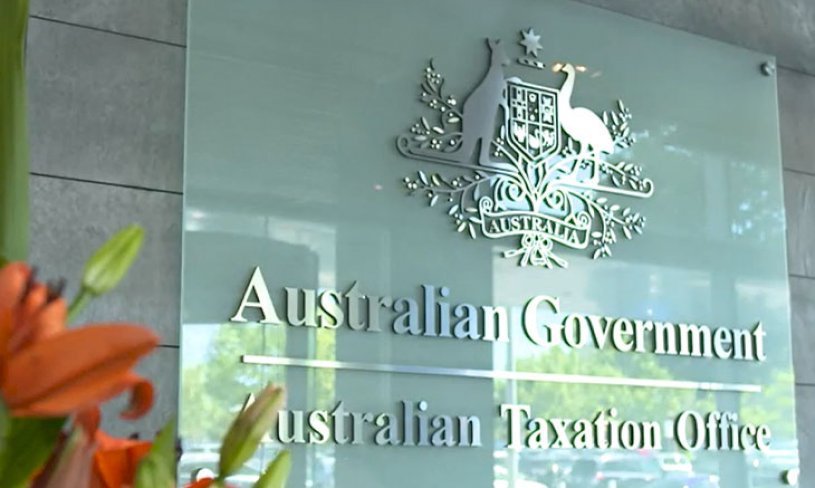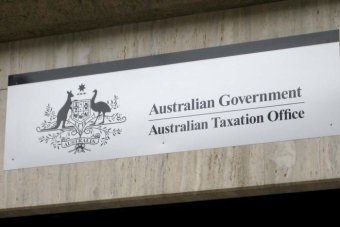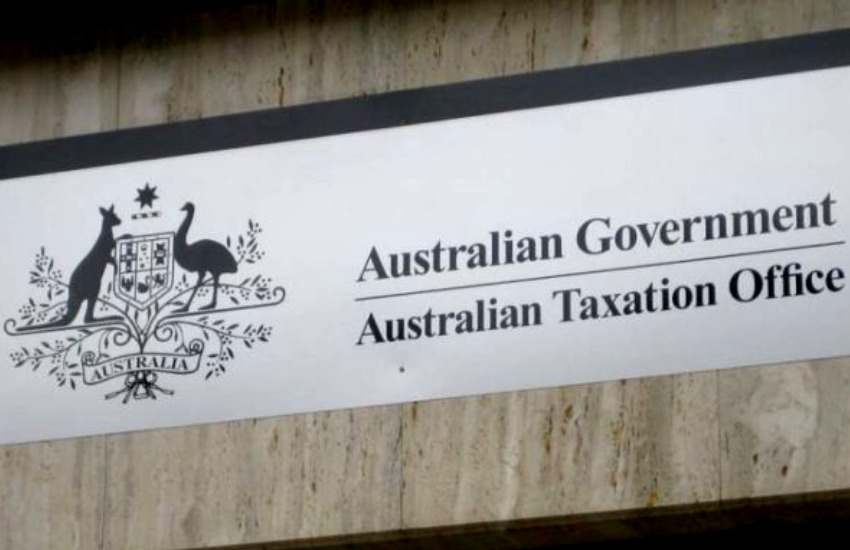For the first time in five years, the super contribution and pension caps are set to increase. Thanks to inflation and indexation, the cap on concessional contributions will increase from $25,000 a year to $27,500 for the 21/22 financial year.
Concessional contributions include the compulsory 9.5% super guarantee amount that your employer pays on your wages, plus any additional salary sacrifice contributions, plus any amount you contribute and claim a tax deduction for. In 20/21, they are capped at $25,000 a year (you will pay tax at your marginal tax rate on any excess contributions).
The employer’s contribution rate of 9.5% is also set to increase, to 10.0% from 1 July, and then to 10.5% from 1/7/22, 11.0% from 1/7/23, 11.5% from 1/7/24 and finally to 12.0% from 1/7/25. The Government says that it is “reviewing its position” on the changes, but as they are already legislated and are LAW, it would need to introduce amending legislation into the parliament to stop the increases. With the ALP, Greens and some independent Senators vowing to oppose any Government action to stop the increases, there is considerable doubt it could get its amending legislation through the Senate. The most likely outcome is that it will decide that there are “better battles to fight” and the contribution rate will increase to 10% on 1 July.
The cap on non-concessional contributions will also increase, from $100,000 to $110,000 a year. Non-concessional contributions are amounts that you contribute to super from your own resources and for which you do not claim a tax deduction for. Unlike concessional contributions (which are taxed at 15% when they hit your super fund), there is no tax deducted on non-concessional contributions.
Persons who have high superannuation balances (currently defined as balances over $1.6m) are not entitled to make non-concessional contributions. With indexation, the ‘total superannuation balance’ limit, which governs this, will increase on July 1 from $1.6m to $1.7m.
This increase will also impact the ‘bring-forward’ rule. Under the ‘bring-forward rule’, if you are under 65 years of age (legislation has been introduced but not passed to increase this to 67 years) and your total superannuation balance is less than $1.7m, you can potentially make 3 years’ worth of non-concessional contributions in one year. With the non-concessional gap increasing to $110,000 from July 1, this means that you could contribute up to $330,000 into super in one hit. A couple could get $660,000 into super.
The increase in the ‘total superannuation balance’ limit from $1.6m to $1.7m will also increase eligibility for the government co-contribution and spouse tax offset.
On the pension side, the limit that controls how much of your super monies can be transferred to the “tax free” pension phase of super, the transfer balance cap, will be increased by $100,000 to $1.7m from 1 July. Persons who have already accessed their full cap of $1.6m won’t be eligible to contribute any more monies into the pension phase. Those who haven’t accessed any part of their cap (in other words, have never commenced a pension) will automatically get access to the higher limit of $1.7m. If you have started a pension but haven’t accessed the full amount of the cap, you will get a proportional increase. For example, if you started a pension of $800,000 under the old cap of $1.6m and had cap space of $800,000, post indexation, your cap space will increase proportionally to $850,000 (meaning that your transfer balance cap will now be $1,650,000).
For defined benefit pensioners, the income cap of $100,000 will increase to $106,250. As a result, some pensioners may see a small increase in their pension as the amount of tax being withheld by their super fund is reduced.
Unrelated to the indexation of monetary caps and limits is the end of a special Covid-19 relief measure. This saw the halving of the minimum annual pension payment that account based pension holders were required to take. From July 1, these will revert back to the pre-Covid levels: a minimum of 4% of your account balance if under 65 (for example, if the account based pension has a balance of $1,000,000, the minimum annual pension payment is $40,000); 5% of the balance if aged from 65 to 74; 6% if aged from 75 to 79; 7% if aged from 80 to 84; 9% if aged from 85 to 89; 11% if aged from 90 to 94; and 14% if 95 years or older.
Source: Switzer Daily








